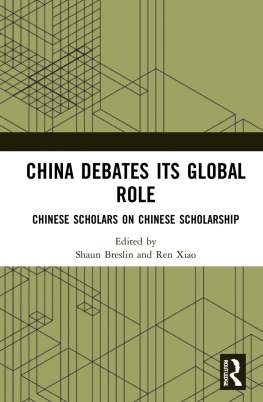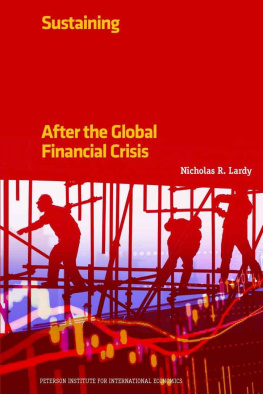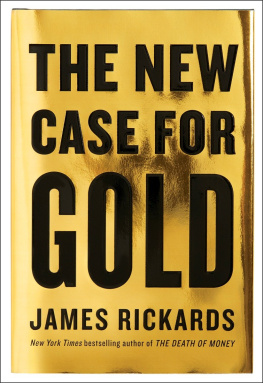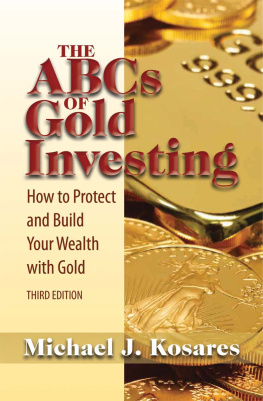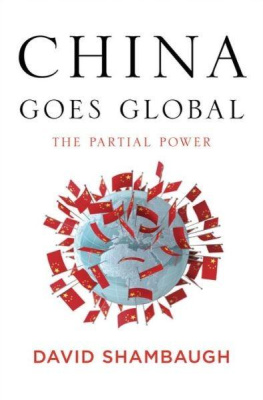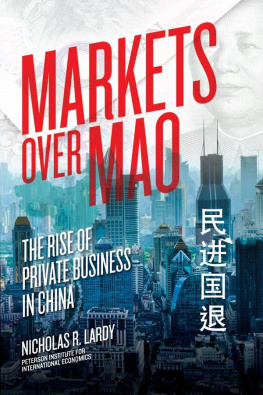Contents
Guide
Page List
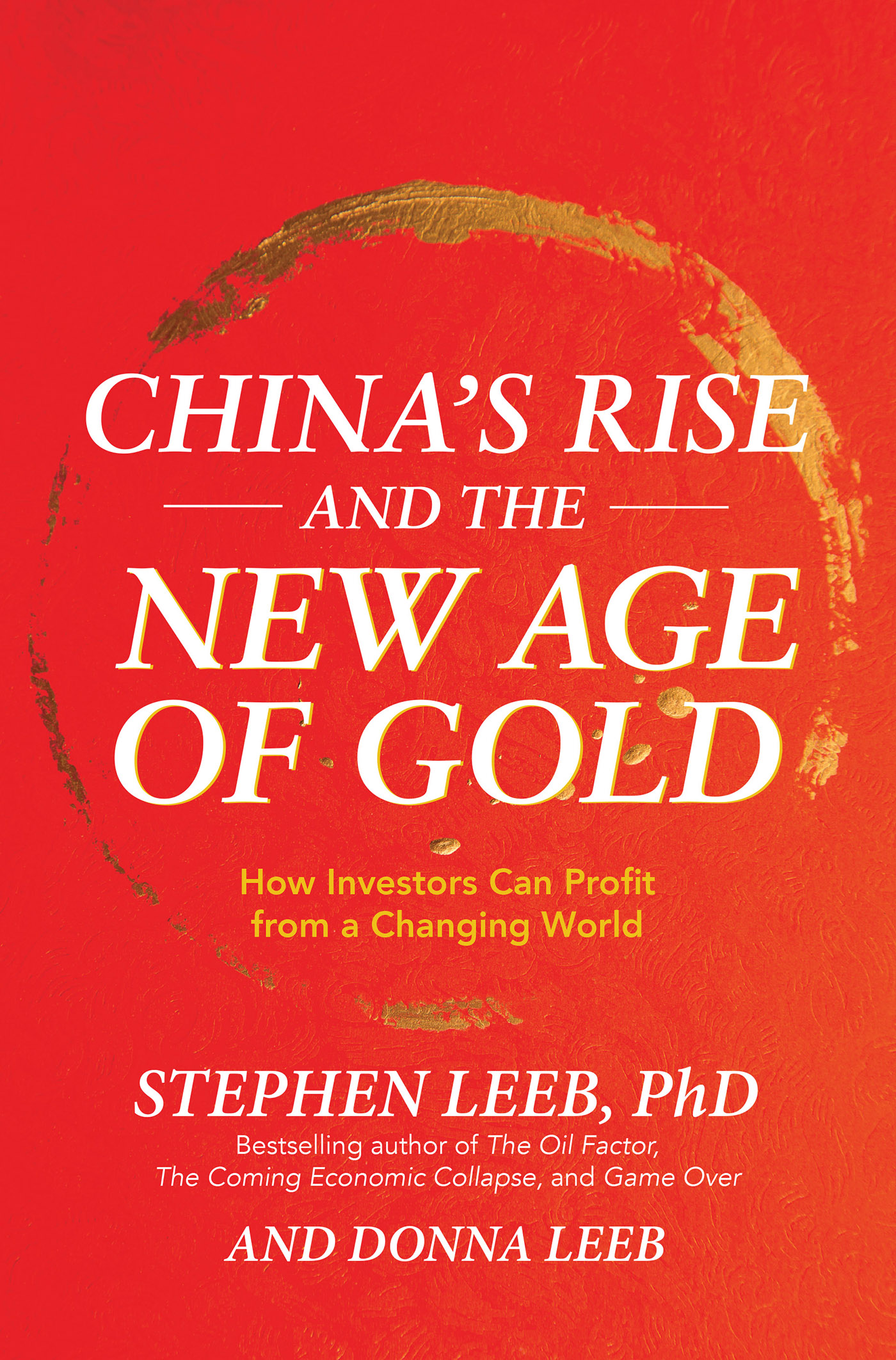

Copyright 2021 by Stephen Leeb and Donna Leeb. All rights reserved. Except as permitted under the United States Copyright Act of 1976, no part of this publication may be reproduced or distributed in any form or by any means, or stored in a database or retrieval system, without the prior written permission of the publisher.
ISBN: 978-1-26-044128-4
MHID: 1-26-044128-8
The material in this eBook also appears in the print version of this title: ISBN: 978-1-26-044127-7, MHID: 1-26-044127-X.
eBook conversion by codeMantra
Version 1.0
All trademarks are trademarks of their respective owners. Rather than put a trademark symbol after every occurrence of a trademarked name, we use names in an editorial fashion only, and to the benefit of the trademark owner, with no intention of infringement of the trademark. Where such designations appear in this book, they have been printed with initial caps.
McGraw-Hill Education eBooks are available at special quantity discounts to use as premiums and sales promotions or for use in corporate training programs. To contact a representative, please visit the Contact Us page at www.mhprofessional.com.
This publication is designed to provide accurate and authoritative information in regard to the subject matter covered. It is sold with the understanding that neither the author nor the publisher is engaged in rendering legal, accounting, securities trading, or other professional services. If legal advice or other expert assistance is required, the services of a competent professional person should be sought.
From a Declaration of Principles Jointly Adopted by a Committee of the American Bar Association and a Committee of Publishers and Associations
TERMS OF USE
This is a copyrighted work and McGraw-Hill Education and its licensors reserve all rights in and to the work. Use of this work is subject to these terms. Except as permitted under the Copyright Act of 1976 and the right to store and retrieve one copy of the work, you may not decompile, disassemble, reverse engineer, reproduce, modify, create derivative works based upon, transmit, distribute, disseminate, sell, publish or sublicense the work or any part of it without McGraw-Hill Educations prior consent. You may use the work for your own noncommercial and personal use; any other use of the work is strictly prohibited. Your right to use the work may be terminated if you fail to comply with these terms.
THE WORK IS PROVIDED AS IS. McGRAW-HILL EDUCATION AND ITS LICENSORS MAKE NO GUARANTEES OR WARRANTIES AS TO THE ACCURACY, ADEQUACY OR COMPLETENESS OF OR RESULTS TO BE OBTAINED FROM USING THE WORK, INCLUDING ANY INFORMATION THAT CAN BE ACCESSED THROUGH THE WORK VIA HYPERLINK OR OTHERWISE, AND EXPRESSLY DISCLAIM ANY WARRANTY, EXPRESS OR IMPLIED, INCLUDING BUT NOT LIMITED TO IMPLIED WARRANTIES OF MERCHANTABILITY OR FITNESS FOR A PARTICULAR PURPOSE. McGraw-Hill Education and its licensors do not warrant or guarantee that the functions contained in the work will meet your requirements or that its operation will be uninterrupted or error free. Neither McGraw-Hill Education nor its licensors shall be liable to you or anyone else for any inaccuracy, error or omission, regardless of cause, in the work or for any damages resulting therefrom. McGraw-Hill Education has no responsibility for the content of any information accessed through the work. Under no circumstances shall McGraw-Hill Education and/or its licensors be liable for any indirect, incidental, special, punitive, consequential or similar damages that result from the use of or inability to use the work, even if any of them has been advised of the possibility of such damages. This limitation of liability shall apply to any claim or cause whatsoever whether such claim or cause arises in contract, tort or otherwise.
Contents
Preface
IN LATE 2019, I sent what I believed would be my final draft of Chinas Rise and the New Age of Gold to my editors at McGraw Hill. The book predicted that within coming decades, the world would experience a massive bull market in gold. What did I mean by massive? How about gold reaching $20,000 an ounce or higher?
I expected two developments to underpin this enormous rise. Both were pegged to the rise of China and, more generally, of the East. One was that Chinas continued heavy investment in infrastructure in the developing world would lead to commodity scarcities and rising commodity prices, conditions that historically have gone hand in hand with bull markets in gold. Even more significant, I believed that China would successfully create a new gold-backed monetary reserve system that in the East and eventually likely beyond would largely supersede the dollar.
I noted that Chinas rising global clout, which made these plans achievable, hadnt happened in a vacuum. It was enabled by a long-term decline in American life that started as far back as the early 1970scoinciding, not so coincidentally, with the United States abandonment of the postwar Bretton Woods arrangement that had pegged the dollar to gold. The decline was marked by faltering productivity, a debilitating rise in economic inequality, and the ascendance of a bloated and nonproductive financial sector. I argued that the best hope for the United States was to cooperate as broadly as possible with China in mutually productive ways rather than to view the world as a zero-sum arena in which China has become our chief foe.
I believed that I had presented a compelling case, identifying a constellation of trends and events that pointed to an unprecedented rise in gold. I still do.
But not long after I turned in the book, COVID-19 made its unwelcome appearance in the world, wreaking havoc and tragedy on a global scale. As 2020 has progressed, the coronavirus has changed life as we know it in ways that months earlier would have been unimaginable. Beyond the impact on daily life and the horror of so many lives lost, it has slammed economic activity, caused financial markets to plummet before starting to recover, sent oil prices skidding, and much more.
There was no way I could simply ignore the pandemic or fail to think long and hard about how it might bear on the geopolitical trends I had seen as leading inexorably to far higher gold prices. What will it mean for Chinas place in the world? For Americas place in the world? For the outlook for global growth? And, my end point, what will it mean for the outlook for gold?
These werent questions I could even attempt to tackle in the viruss first days, when almost nothing about it was clear. A lot still remains unknown, of course. But now, a few months further along, the smoke has cleared enough that I can start to make some reasoned assessments. And so far it appears that, if anything, the pandemic will only accelerate the shift in power and influence from West to East that is at the heart of the case for a forthcoming huge bull market in gold.
The first question I had to answer was how the pandemic has affected Chinas economic and geopolitical standing. Clearly, in the early stages of the virus outbreak in Wuhan, China tried to suppress and downplay news of the outbreak, and I have no doubt that it has understated its number of cases and deaths. Still, and whether or not you think its tactics were unnecessarily harsh, China appears to have successfully brought the outbreak under control.
As of now, China is opening up its economy, which seems on track to reverse the steep contractionof 6 percentin 2020s first quarter and to resume a respectable level of growth. China has reported positive economic numbers from factory surveys, and electricity consumption has been rising, pieces of hard data that indicate a relatively fast recovery.


